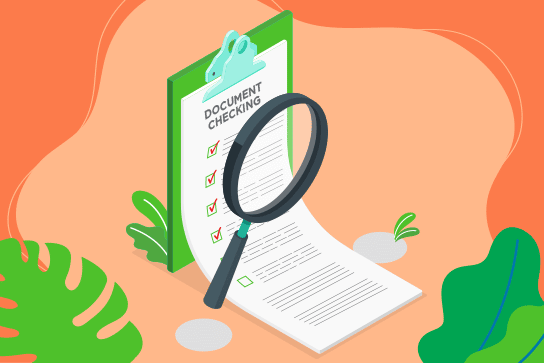Last Updated on May 14, 2025 by Ozlinks Education
If you have been working as a stonemason in the building construction industry but have not yet obtained your qualification for any reason, you’ve arrived at the correct place. The RPL, or Recognition of Prior Learning, program provides an opportunity to convert your skills and work experience into a formal Certificate III in Stonemasonry through one of our Registered Training Organisation partners.
Certificate III in Stonemasonry Overview
The Certificate III in Stonemasonry (CPC32320) is intended for stonemasons who work with sandstone, limestone, marble, and other types of stone and stone products to create stone monuments, buildings and building components such as walls, floors, arches, chimneys, stairs, windows, decorative mouldings, fireplaces, and benchtops. It is advisable to pursue this certificate, as it serves as a crucial trade qualification for stonemason’s roles in the building and construction industry.
To achieve this qualification, competency must be demonstrated in:
30 units of competency must be completed:
- 21 core units
- 9 elective units
Job titles: Stonemason
Why do I need the Certificate III in Stonemasonry?
If you have been working as a stonemason in the residential or commercial building industry but have not yet obtained your qualification for any reason, undertaking an RPL program for this certification will significantly enhance your prospects in the building and construction sector. It will also equip you for the requirements to become a certified trade worker, enabling professionals to legally commence industrial, commercial, and residential building and construction projects throughout Australia.
International students and migrants working as a stonemason in Australian building construction want to apply for skills assessment for the occupation of stonemason under the General Skills Migration (GSM) program. For their migration skills assessment, they must thus obtain the Certificate III in Stonemasonry to satisfy one of the criteria.
Ozlinks Education can assist you in transforming your skills and work experience into a formal Certificate III in Stonemasonry through the Recognition of Prior Learning (RPL) program with one of our Registered Training Organisation partners. Our expert team will assess your individual circumstances and provide tailored support to ensure that you achieve the qualifications necessary to advance your career.

What does a stonemason do?
A stonemason cuts and shapes hard and soft stone blocks and masonry slabs to construct and renovate stone structures, kitchen benchtops and monumental masonry.
Registration or licensing is required.
Their job involves:
- IStudies plans and specifications to determine materials required, dimensions and installation procedures
- Measures, marks dimensions, outlines, splits, cuts, shapes and finishes stone blocks and masonry slabs using hand tools and machinery
- Sets out and cuts letters and designs into stone
- Lays stone blocks and large masonry slabs to construct structures such as walls, arches and pillars, ensuring they are level and plumb
- Constructs and installs stone construction elements such as benchtops and splashbacks
- Assesses damage to and repairs stonework, including old or heritage buildings and monuments
- May design, cut and install monumental masonry
What is Recognition of Prior Learning?
The Australian Qualification Framework (AQF), which is governed by the Australian Government’s Department of Education in consultation with the states and territories, gives all students the right to have their prior education, relevant work experience, and training acknowledged to facilitate their advancement towards and between qualifications. Every registered training organisation (RTO) has its own policies and procedures for determining your RPL eligibility, but the fundamentals are the same. The experience and skills you’ve gained through your work can help you complete a qualification faster and reduce the time commitment of taking a course to get you closer to your dream job.
The advantages of using RPL program
Recognition of Prior Learning (RPL) program offer numerous benefits, including time and cost savings by validating existing skills and experience, expedited qualification achievement, and improved employment prospects. RPL program helps you:
- There is no need to relearn what you already know.
- It saves both your time and tuition fees.
- Assist you in achieving your career change objectives in Australia.
- Gaining an Australian qualification requires less time.
- You do not need to attend classes or redo the training you have already completed.
- Open new career opportunities in the building industry.
- Obtain a qualification to satisfy the visa or skills assessment requirements.
Evidence requirements
Below is the general list of documents that you are required to provide to support your RPL assessment application:
- 100 points of identification documents (ID)
- A current resume outlines your relevant employment history
- Student USI number
- A white card or any other relevant license
- Employment evidence, including an employment reference letter, employment contract, payslips, income statement, and superannuation.
- Workplace photos and videos that showcase you performing your tasks in accordance with the job duties outlined above demonstrate your competency in the relevant qualification.
Note: Note: Additional gap training may be necessary to address any areas for improvement and to ensure a positive assessment outcome. An RTO assessor might conduct a competency interview with you to identify any existing training gaps.



